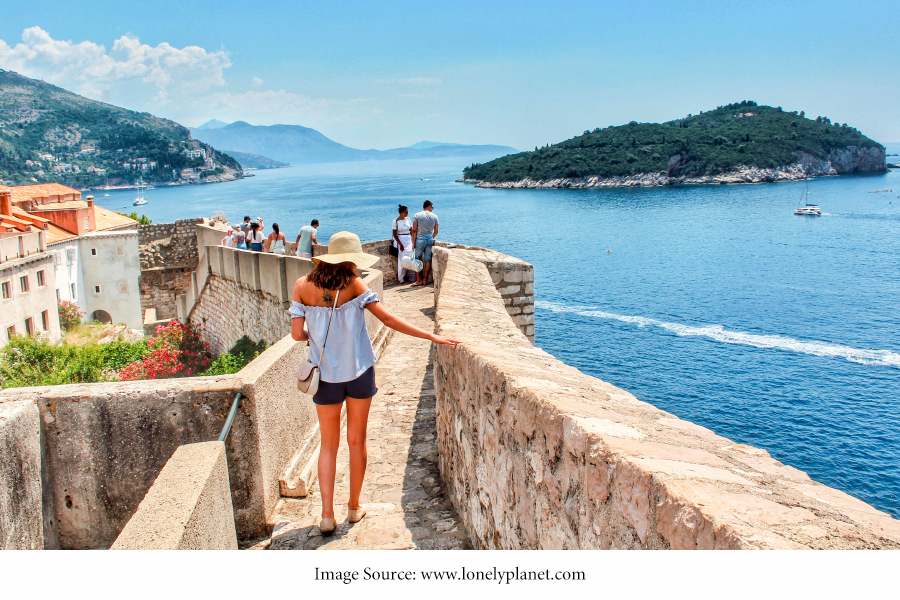Introduction –
Croatia brings a ton to the table for guests, remembering climbing destinations for Paklenica, delightful sea shores in focal Dalmatia, tasty Istrian food, fabulous Croatian wines, celebrating on the islands, and cruising the Adriatic. You can also look at Adriatic Tours here online. Many individuals have been going around Croatia. Visitors to Croatia can find important travel tips, all around genuine helpers, the thing to do, spots to remain, and heaps of information on Croatian food and restaurants. Before pushing ahead, we ought to sort the fundamental real factors out. Europe is home to Croatia! It is a Central European and Mediterranean country, lined by the Adriatic Sea westward. Also, the best Croatia visits are Dubrovnik, Hvar and numerous others. Italy, Slovenia, Hungary, Serbia, Bosnia and Herzegovina, and Montenegro all offer Croatia’s boundaries. The longest land line it gives to Bosnia, and the longest sea line, it confers to Italy.
Do You Need a Visa?
You can also check out Best of the Dalmatian Coast in Croatia, simply visit Croatia. The Unified Realm, the European Association, the US, Australia, Canada, and New Zealand, among different nations, don’t need a visa to enter Croatia. New occupants of those countries can enter Croatia, and stay here for 90 days in the range of 180 days’ time period. All non-EU residents should go with a substantial visa to enter Croatia. EU residents can enter Croatia with just their ID card. You needn’t bother with a different visa to enter Croatia on the off chance that you as of now have a substantial Schengen visa, as well as a visa for Cyprus, Romania, or Bulgaria. With your ongoing visa from any of the previously mentioned countries, you are allowed to go to Croatia. In the event that you want a visa for Croatia, you can get the application structures on the web, finish them up, and send them to the Croatian Government office, Department, or a legitimate travel service alongside the expected records.
Adriatic Ocean & Seasons –
Croatia has three unmistakable environments: Pag Island, Extension, and the Adriatic Ocean the mainland environment in its inside, the Mediterranean environment along the coast, and the mountain environment over 1200 meters. Along the coast, you can expect gentle, if sporadically wet, winters and dry, blistering, and radiant summers. The weather conditions in Dalmatia’s south is normally drier and sunnier than in Istria’s northern Adriatic area. Temperatures can change by as much as 5°C (40°F) every day. In July and August, you can expect north of 40 days with day-to-day temperatures of more than 30°C (86°F), notwithstanding the way that the typical summer temperature is around 22°C (72°F). The coldest month of the year is January, when day to day normal temperatures is under 10 degrees Celsius (50 degrees Fahrenheit).
Temperature in Spring –
The ocean midpoints 12°C (54°F) in the colder time of year and 25°C (77°F) in the late spring. The environment in the inside of Croatia is genuinely mainland. Summers are warm and dry, while winters are cold and wet with a ton of haze. The typical temperature in the late spring is around 22°C (72°F), while the typical temperature in the colder time of year is around 4°C (40°F). Cash in Croatia Croatian money As of January 1, 2023, Croatia started utilizing the Euro, a typical European cash. Subsequently, the Euro is the Croatian money as of this date. Moving cash in Croatia most of trade workplaces advance a “no commission strategy” on their sites. Despite the fact that they don’t charge an ordinary commission, they really do set their own rates for cash trade. These rates can be altogether different. Observe these distinctions and look for the best arrangement.



